Jean-Auguste-Dominique Ingres
1780-1867 France/Neoclassicism
Click an Image to Enlarge
Death of
Leonardo da Vinci
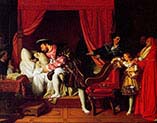
Baronne de
Rothschild

Madame P
Moitessier

The Apotheosis
of Homer

Madame
de Senonnes

As First
Consul

Sword of
Henry

Napoloen
One

Countess de
Haussonville

Roger Freeing
Angelica
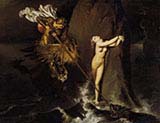
Dream of
Ossian

Turkish
Bath

Monsieur
Bertin

Count
Gurjev

Grand
Odalisque

Toledo Kissing
sword of Henry

Princess
de Brogile

Francois-Marius
Granet

Henry IV
of France

Joan of Arc at
the Coronation

The
Source

The
Bather

Jupiter
and Thetis
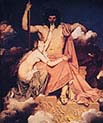
A
Man

Mademoiselle
Jeanne-Suzanne

Madame Marie
Marcotte

Marcotte
d'Argenteuil

Martyr of Saint
Symphorien

Napoleons'
Apotheosis
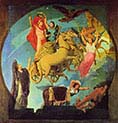
Odalisque
with a Slave
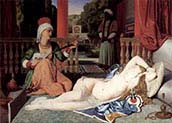
Self-
portrait

Pierre-F
Bernier

Raphael and
the Fornarina
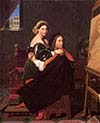
Oedipus and
the Sphinx

The Envoys of
Agammemnon
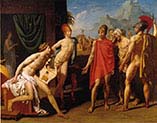
The Vow of
Louis XIII

Venus

Romulus
